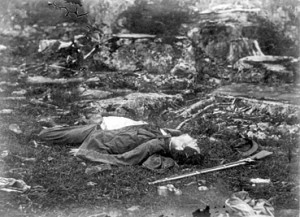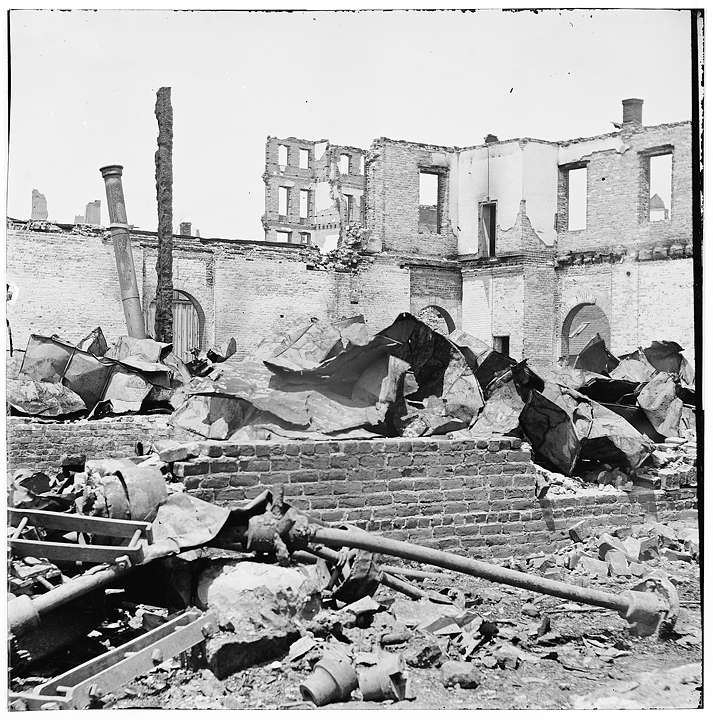Exposing anomalies found in Civil War photos is the gist of Dr. Kemille Moore’s lecture, one part of a presentation aimed at attracting members and erstwhile newbies to the Historical Society of the Lower Cape Fear’s annual meeting.
The second part of the presentation, led by Wilmington photographer Harry Taylor, examines a closer look at the process used to capture images in those days.
Together Moore and Taylor will reveal the Civil War photographer’s dilemma — how to shoot battle scenes before and after the skirmishes and rush them to publication.
This in-depth look at Civil War photography is planned for Sunday, Jan. 11 at 3 p.m. at the University of North Carolina’s Cultural Arts Building.
Moore, UNCW associate professor of art history, who also serves on the board of the HSLCF, likes to remind her audience she is a native of the American Southwest and not a Civil War buff, per se.
“I like it from the point of view of the images; and I like to put a different texture on the photographs besides just documents,” she said, “to make sense of how the war was photographed and give it a broader understanding.”
Most of the digital images Moore will share are from the Library of Congress collection.

“The particular images I want to play with the most are actually ones where there’s evidence that the photographers moved the bodies,” she said. Moore intends to explain the backdrop of the war and how and why photographs may have been manipulated given the logistical challenges presented at the time.
“It’s not like it’s real scandalous,” she said.
Focusing on images taken by Matthew Brady or his coterie of men in the field, Alexander Gardner and even the artist Winslow Homer, Moore will make her point.
“They couldn’t take stop action photographs,” Moore said. “They could only photograph before or after battle. The whole way they photographed things informed everyone’s understanding of the Civil War.”
Often considered the first war documented in photos, Moore said it was not actually the first.
The Crimean War was the first conflict to be documented by a British photographer, Roger Fenton, in the mid-1850s.
Moore will compare the differences between the two sets of war photos in her talk.
The Queen of England dispatched Fenton to the front to put a public face on the war, whereas Brady and his lot fetched photos that were transferred into wood engravings and later published by such newspapers as Harper’s Weekly.
Many of the Civil War images favor the Union Army, with lots of images localized in the Virginia area, as the South lacked the infrastructure required to photograph war scenes, and points north supported the major publishing hubs, Moore said.
Taylor, a Wilmington photographer who has resurrected equipment and techniques used during the Civil War, created an installation of glass plates for the Cameron Art Museum last year. He will assist Moore in her presentation by demonstrating those early processes during the first half of the HSLCF’s gathering.
With his portable dark room, Taylor will demonstrate how glass plates were exposed and how negatives were processed. Because of the chemicals used, this part of the lecture will take place outdoors, followed by Moore’s indoor lecture. Refreshments will be served. Historical Society of the Lower Cape Fear members and guests are admitted free.
email [email protected]




